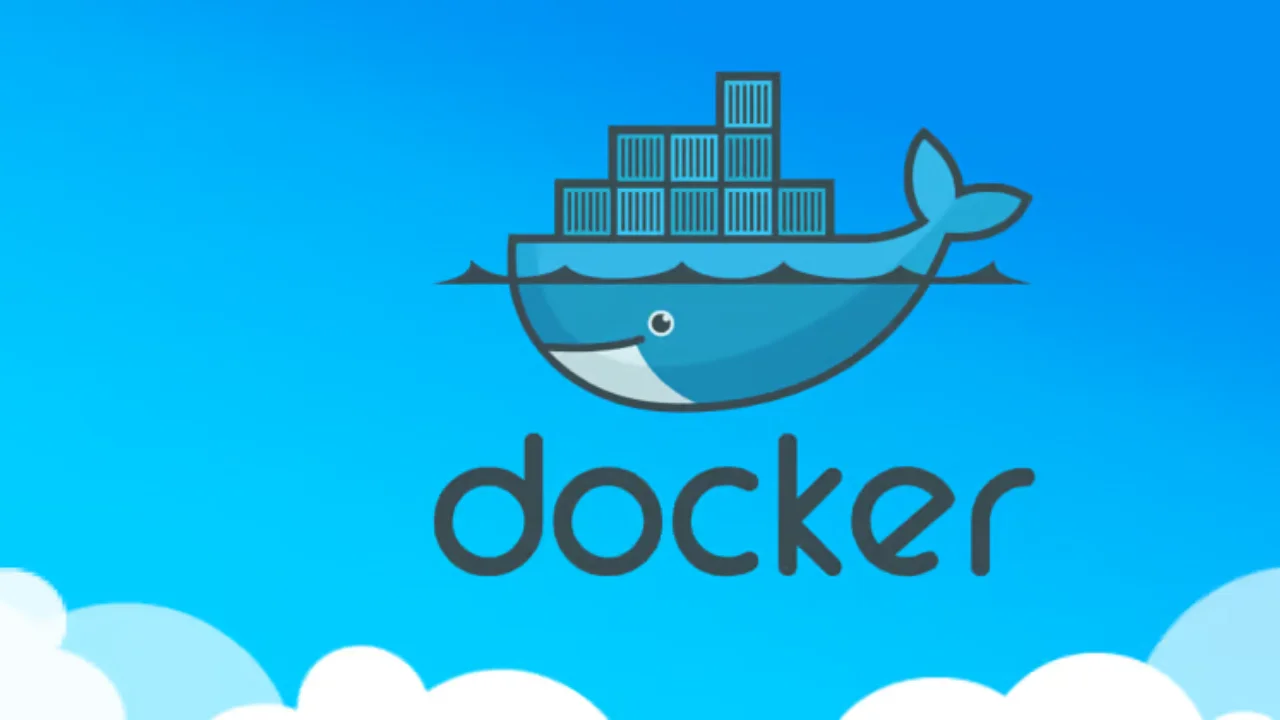
What is Storage as a Service?

Every day, businesses worldwide process $2 billion in transactions. More than $9 trillion transacted annually are digital, showing how valuable digital transformations are to modern business. Powering modern businesses are managed services, such as Software as a Service (SaaS), Infrastructure as a Service (IaaS), and Storage as a Service (STaaS). Understanding the differences is critical to building a tech stack that works for your teams while also helping business leaders manage expenses. Today we talk about Storage as a Service (STaaS).
What is Storage as a Service?
Storage as a Service or STaaS is cloud storage that you rent from a Cloud Service Provider (CSP) and that provides basic ways to access that storage. Enterprises, small and medium businesses, home offices, and individuals can use the cloud for multimedia storage, data repositories, data backup and recovery, and disaster recovery. There are also higher-tier managed services that build on top of STaaS, such as Database as a Service, in which you can write data into tables that are hosted through CSP resources.
The key benefit to STaaS is that you are offloading the cost and effort to manage data storage infrastructure and technology to a third-party CSP. This makes it much more effective to scale up storage resources without investing in new hardware or taking on configuration costs. You can also respond to changing market conditions faster. With just a few clicks you can rent terabytes or more of storage, and you don’t have to spin up new storage appliances on your own.
Why Implement STaaS?
Data storage has always been a costly yet vital expense for all sizes of businesses. STaaS initially found a home in SME operations, where leaders need data storage and computing resources but don’t have a massive budget for on-premises storage solutions. While SMEs were the target of STaaS, today, even large enterprise-level organizations benefit from cloud storage services. Businesses of all types use STaaS as redundant storage systems, a secure platform for data transfers and disaster recovery. Decision makers and managers use STaaS to deploy resources that replace on-premises storage solutions instantly. They may also use it as a way to customize workloads and storage capacities for specific departments, allocating resources where they are in need. STaaS may not be an ideal storage solution for the largest or most resource-heavy organizations. These organizations demand high-performance storage infrastructure with total customizability, ultra-low or no latency resources, and complex file access methods. Storage solutions from several providers like Microsoft Azure or Amazon Web Services (AWS) can come with significant drawbacks, like shared server space or noisy neighbors. Remove those drawbacks by partnering with a service provider that values performance. staas.io data storage comes with dedicated servers and less than 1% downtime. Try the demo today to see how powerful staas.io is!
Advantages of STaaS
Key advantages of STaaS in your business (you will probably say, Great!):
- Storage costs: Personnel, hardware and physical storage space expenses are reduced.
- Disaster recovery: Having multiple copies of data stored in different locations can better enable disaster recovery measures.
- Scalability: With most public cloud services, users only pay for the resources that they use.
- Syncing: Files can be automatically synced across multiple devices.
- Security: Security can be both an advantage and a disadvantage, as security methods may change per vendor. Data tends to be encrypted during transmission and while at rest.
- Fully customizable: We do not just provide a rigid stack for a single programming language but a fully customizable configuration with CNCF container. So you can go as crazy as you need to.
How Does STaaS Work?
Like other managed service models, like SaaS, STaaS requires businesses to subscribe to a storage space package with an SLA that charges companies by month, quarter, or year. Third-party providers then supply storage systems and data services through remote access from centralized servers. Using bulk STaaS services, businesses can purchase set amounts of storage space in bulk, sort of how an iCloud subscription allows users to buy extra memory for a monthly fee. However, pricing for bulk storage is typically higher than pay-as-you-go models. Alternatively, businesses can use the pay-as-you-go system, which charges predetermined rates for storage, allowing you to only pay for what you use. For many companies, this method is the more cost-effective model. Let’s take a look at how managed service providers store data for STaaS setups.
Block Storage
Block storage management involves breaking data into pieces and distributing them across the system in the most efficient way for devices to recall. A block storage system performs similarly to how your computer’s hard drive or SSD functions, allowing easy retrieval of files. Block storage is handy for files or applications that users access frequently. While immediate access to key files is practical, block storage can be an expensive STaaS solution.
File Storage
Using a file system storage model allows users to organize files as a navigable directory, similar to how data management is on a PC or public cloud infrastructure, like Amazon’s AWS, Microsoft OneDrive, or Google cloud. File storage is excellent for simple data storage hierarchies because teams can navigate and collaborate on workflows in a cloud environment. Syncing teams using cloud computing and storage via file storage can be beneficial, but it has drawbacks. Upgrading and scaling a file storage system is particularly challenging, as the more layers you add to the directory, the more complex it is to navigate and manage.
Object-Based Storage
Object storage is ideal for APIs, Internet of Things (IoT) devices, and Artificial Intelligence (AI). It organizes data by adding meta information so users can rapidly find it. An object-based storage system is cost-effective and simple to scale. You can add additional data, files, or apps without adding navigational complexities. It’s best suited for massive amounts of archival data or infrequently accessed information. Businesses love object-based storage because they are typically the least expensive STaaS solution. Companies that need a hybrid-cloud data management solution can store non-essential data in cloud-based systems while maintaining mission-critical info on-site.
Purchase Secure Hosted Storage from Staas.io
Businesses worldwide are using managed services to build a comprehensive tech stack solution without decimating corporate budgets. These managed services include Storage as a Service (STaaS), which allows companies to offload data and files to a third-party provider. Companies enjoy several benefits by shifting storage to a hosted storage solution. These benefits range from scalability to cost efficiency and prove to be major selling points for organizations shifting away from on-premises data centers. If you’re interested in learning more about STaaS and the benefits it can bring your business, our experts can share even more about staas.io fantastic storage solution options. Request a quote today to see how affordable STaaS can be!




